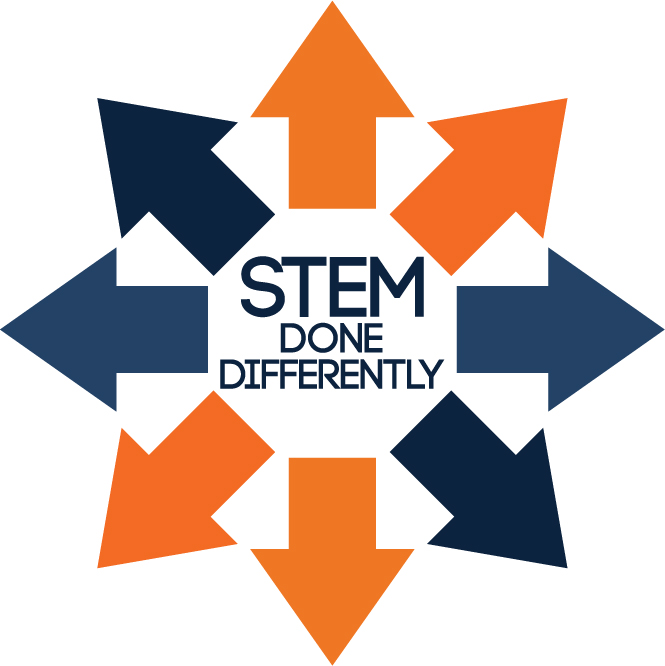Women's History Month Special Edition:
Auburn Women in STEM
As March is Women’s History Month, it’s important to look back at some of the first women who broke into STEM and built the foundation on which today’s young women stand. From Ada Lovelace, who is considered to be the first computer programmer due to the mechanical computer algorithm she published in 1843, to Hayat Sindi, medical researcher and in 2001, the first woman from an Arabian nation to receive a PhD in biotechnology from Cambridge, many women have overcome personal and systemic obstacles that stood in the way of their success. However, a question arises in how those women’s previous work translated into widespread inclusion of women in STEM today. According to the National Girls Collaborative Project summary of the National Science Foundation’s 2016 Science and Engineering Indicators Report, women in the United States receive 17.9% of bachelor’s degrees awarded in computer sciences, 19.3% of bachelor’s degrees in engineering and 39% of bachelor’s degrees in physical sciences. Moreover, the discrepancy between men and women in the STEM workforce is even larger. Specifically, women make up 11.1% of astronomers and physicists, 10.7% of electrical or computer hardware engineers and only 7.9% of mechanical engineers. However, according to the US Department of Labor Women’s Bureau, women make up 91% of the workforce of registered nurses, 71% of mental health counselors and 67% of physician’s assistants.
These statistics evidence the fact that women are underrepresented in STEM, but they do not explain why these fields are so dominated by men. However, the American Association of University Women (AAUW) explored this phenomenon in a 2010 report called Why So Few? Women in Science, Technology, Engineering, and Mathematics. In sum, this disparity is due to a constellation of factors including implicit biases (unconscious prejudices), stereotype threat (self-fulfilling prophecies of diminished performance) and the proliferation of a viewpoint of “fixed” intelligence rather than a “growth” model of intelligence. Fortunately, AAUW also offered advice on how to improve the recruitment and retention of women in STEM, and it begins in elementary school. The report asserts that getting young girls interested and knowledgeable about science and engineering is where we should begin. In addition, having diverse faculty in schools and creating an environment that supports women in science and engineering has been shown to increase the number of women who are interested in, recruited for and retained in STEM degree paths, which in turn leads to an increase in representation of women in the STEM workforce.
At Auburn University, we have a diverse cross-section of identities represented in our STEM programs, which is not seen at every institution. I heard from four women who are involved in various areas of STEM to explore their academic journey, viewed through their eyes and spoken in their words. The following are brief glimpses into their stories.
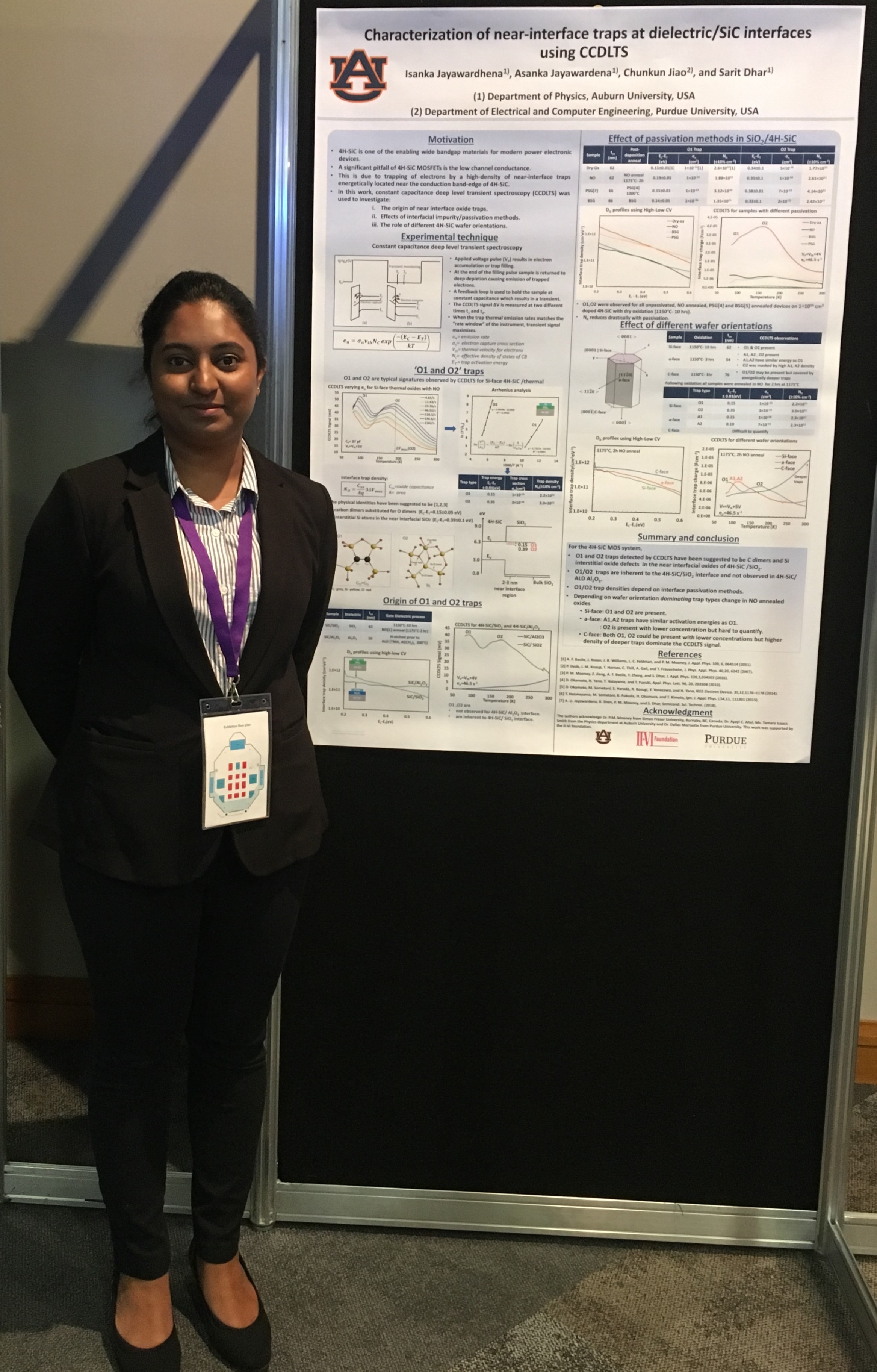
Isanka Jayawardhena
Isanka Jayawardhena: In Her Words
I am Isanka Jayawardhena, a 5th year PhD candidate in the Auburn Physics department, and I was born in Sri Lanka, a beautiful island in the Indian Ocean. As a developing country, the Sri Lankan education system is free and gave me the opportunity to be a student and undergraduate, about which I am very grateful. After the completion of high school in Mahamaya College in Kandy, Sri Lanka, I completed my bachelor’s degree in Physics at the University of Peradeniya. The people I met during this time led me to be a physicist.
After my undergraduate education, I wanted to follow Physics in a place with greater resources than in Sri Lanka, and that’s how I ended up applying for graduate studies in Auburn’s Physics department. I am currently a graduate assistant at Auburn University, and I have been playing both the roles of a teacher and a research assistant after I started at Auburn. I am currently working in Professor Sarit Dhar’s group on silicon carbide power electronics in electronic material and the Device Physics Laboratory as an experimentalist. We do have fewer women physicists than men as some may have guessed – but I must say it is getting better and better than in the past. Currently in our department, we have six female graduate students if you want the exact number! Apart from them, I am working with many talented women in faculty and staff positions in the university who inspire me to be a better person not only in academia, but also to be a happy and content person. They are the ones who give strength to me to get up whenever I fell.
Becoming a physicist was something I had in my mind for a long time, I loved mathematics and science from early childhood. However, when I started learning Physics specifically in high school, I fell in love with it! I knew this is what I would be doing for the rest of my life. The feeling I get after solving a hard Physics problem after hours or days of work is priceless, and that was contentment. Meeting women in fields like science and engineering was inspiring and kept me interested in the field, but I must say, regardless of gender – I am inspired by hardworking talented people no matter in which field they are working. I personally do not think that there are big struggles women specifically face in our field. I haven’t felt that way while I am in Auburn. I was always welcomed by male and female scientists and haven’t felt that I am experiencing something different because of my gender. But I would say that depending on the role women play as a mother, a wife or a daughter, they may be going through more hardships than a man might go through… I think balancing family and working life might be one struggle women go through. Also, there are some more rare occasions that quiet or less dominant women are mistakenly understood as weak people – which is not supported by any evidence.
I believe in hard work and not giving up no matter how difficult the situation is. To reach some goals, we need to have a strong sense of dedication and I am thankful to the people around me for supporting me to be a successful person. I strongly believe in two rules: “You reap what you sow,” and “everything happens for the best.” As long as we are helping someone in some way, we are successful as humans. At the end of the day, I love spending my time with my family, which is the most precious thing in my life.

Steph Courtney
Steph Courtney: Interview
“My name is Steph Courtney, I am a master’s student, soon to be a PhD student, in Geology and Earth Systems Science.” Steph grew up in Janesville, Wisconsin, the state in which she also completed her undergraduate degree, before she moved to Minneapolis for a few years to work. About her decision to apply to Auburn, she said “it was sort of intentional, especially being that I only intended on getting a master’s, in going somewhere new.” Looking to escape the Midwest for a few years, she sought a research assistant position with the now-department chair but was steered into a slightly different direction when they discussed her interest in education and outreach. “He was like, ‘hey, you would like this other person way better!’” Fortunately, she found her advisor in Dr. Karen McNeal, who conducts Earth Science Education Research, which aligns with her interests more strongly than the traditional Geoscience research she would have been doing otherwise.
About the research in which she is currently involved, Steph studies cognitions, behavioral and physiological responses related to educational engagement. Specifically, “[students] come in and look at climate graphs on a computer and answer questions about them… but, their eyes are tracked as they do this. We have this thing that watches their eyes and figures out how they are solving the problem, what are their eyes attracted to, and then I compare two different designs of each graph to see how we can engage them better.”
At Auburn, the Geology department has largely been gender-equitable in Steph’s experience. Both of her advisors have been women, and altogether, she has felt very supported in her field. “When we go to conferences, a lot of the people there, and a lot of the speakers there, are ancient White dudes,” we shared a laugh, but she then informed me these experiences can sometimes be intimidating. Fortunately, she feels there has been an intentionality behind supporting women in Geoscience at Auburn and has always felt her contributions and research have been valued. “I know that’s not the case in all of STEM,” she said, before noting that she is starting to see biases against social sciences emerge among individuals in the physical sciences. Not necessarily about those at Auburn, she says, “I see people looking down on [social sciences,] as though it’s logic vs. emotion… That education research is just a more ‘feminine’ field,” which she sees as possibly due to its focus on the subjective experience of people.
“There are barriers, very real barriers,” Steph told me when we discussed the discrepancies between men and women employed in STEM fields. She believes implicit biases compound at each level, from attaining a bachelor’s degree to graduate degrees all the way up to employment. “If you add a new level of bias at each of these steps, it’s going to cut down the numbers of women… and you know, I’m just grateful I’m not in one of those 10% women fields.”
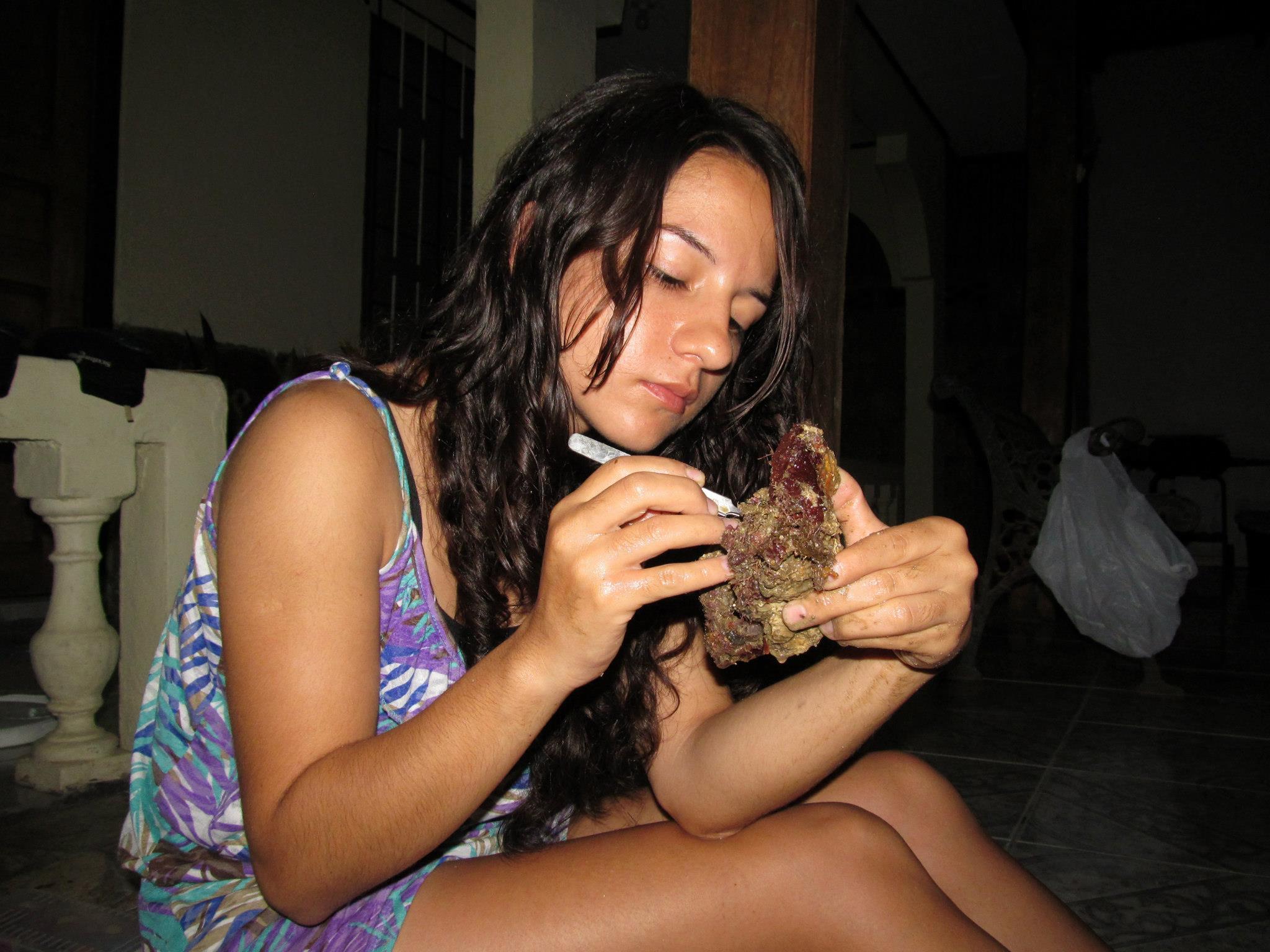 Viktoria Bogantes
Viktoria Bogantes
Viktoria Bogantes: Interview
“My name is Viktoria Bogantes, and I am from Costa Rica.” Before coming to Auburn to complete her PhD, Viktoria majored in Biology and discovered her interest in studying marine worms. She met her current advisor in Panama, and after interacting with him and becoming familiar with his research, she applied to Auburn and has now been here for four years. “My specialty is more in marine invertebrates,” she told me about the scope of her PhD program, though she can apply the skills she learns in this program to other groups of animals as well. About the lovely specimen she brought to show me, pictured below, she said that Antarctic marine worms can live in water anywhere from around ten meters deep all the way to nearly 3,000 meters under the surface of the ocean. After having seen this behemoth of a worm, I think I’d prefer if they stayed closer to that 3,000-meter mark, but that is of course my own opinion and may not accurately reflect the opinions of Auburn University or its affiliates.
 Antarctic Marine Worm
Antarctic Marine Worm
After looking over the worm, I wondered what originally drew her to pursue biology. “I liked animals, and I liked to be outside, I liked biology in high school… and I didn’t know what else to pick!” She had considered pursuing a medical degree, however as soon as she thought about working in a hospital, she quickly realized that was not the path for her. “I was mind-blown by the diversity in worms… They’re in pretty much every type of marine environment, they’re in pretty much every shape… I was attracted to that diversity.” For example, the specimen she brought in was very large compared to what other worms can look like. Since a week prior, she has been working with a much smaller specimen, and is still in the process of identification for this worm. Whereas the precision involved in working with such small animals can be frustrating at times, she says this field is very rewarding and something she is consistently fascinated by.
In the lab in which she works, Viktoria told me there is an even split between men and women. “For me, it’s been nice, because in Costa Rica and here, it hasn’t felt like I’ve just been working with men… and with the male colleagues that I have worked with, they have always been supportive.” She knows there tends to be male domination in many of the sciences, and she believes this gender discrepancy to be an issue, but she hopes one day that anyone can be seen as a scientist. “It’s good to raise awareness, but I hope one day we won’t need to highlight who’s doing the science,” she said, because the sciences would be inclusive of everyone. Furthermore, she has adopted the viewpoint that if someone has an issue with her being from somewhere else, that’s their problem. “You’ve just got to keep doing your job in a good way.” Fortunately, her lab has welcomed researchers from all across the world, from China to Brazil, so multicultural acceptance is the norm where she works.
When I asked her what the biggest difference between going to school in Costa Rica and Alabama was, she looked up and away in thought for a brief moment before looking back to me and answering, “funding.” The resources available in Costa Rica are much scarcer she told me, and whereas investigators do conduct important research, much of the money comes from outside sources. Furthermore, investigative trips to Antarctica to procure specimens like the one she brought in are very expensive, and Auburn is fortunate enough to be able to fund these sorts of excursions. Interestingly, the academic culture felt very similar between the two places, though she does concede that this may not be the case for everyone. “I would go to my lab, work, go to some classes, and then go home, just like here,” she said. I can empathize. In the future, she does want to continue to have some work in academia, though she is also interested in outreach and STEM enrichment. “Something I have noticed since being here is that some kids, they have great opportunities. This is really good, it should be like that for everybody. However, not everyone has these really great opportunities, so they’re competing with kids who’ve already had these skills… That’s something I’ve started to get interested in. I could see how these opportunities can change futures.”
Another aspect of education that Viktoria finds very important is the opportunity to study abroad. “Studying abroad is a very powerful tool… There are academic challenges and other challenges too. At least for me, adapting to the change of living here wasn’t that hard, but I was very open to the change… there will always be good and bad times, but it’s fine and you’ll be fine.” Being that English is not her native tongue, she was nervous about her language skills before moving here. Fortunately, she had a positive outlook on making mistakes: “They’ll make fun of me, so next time I’ll remember to say it right!”
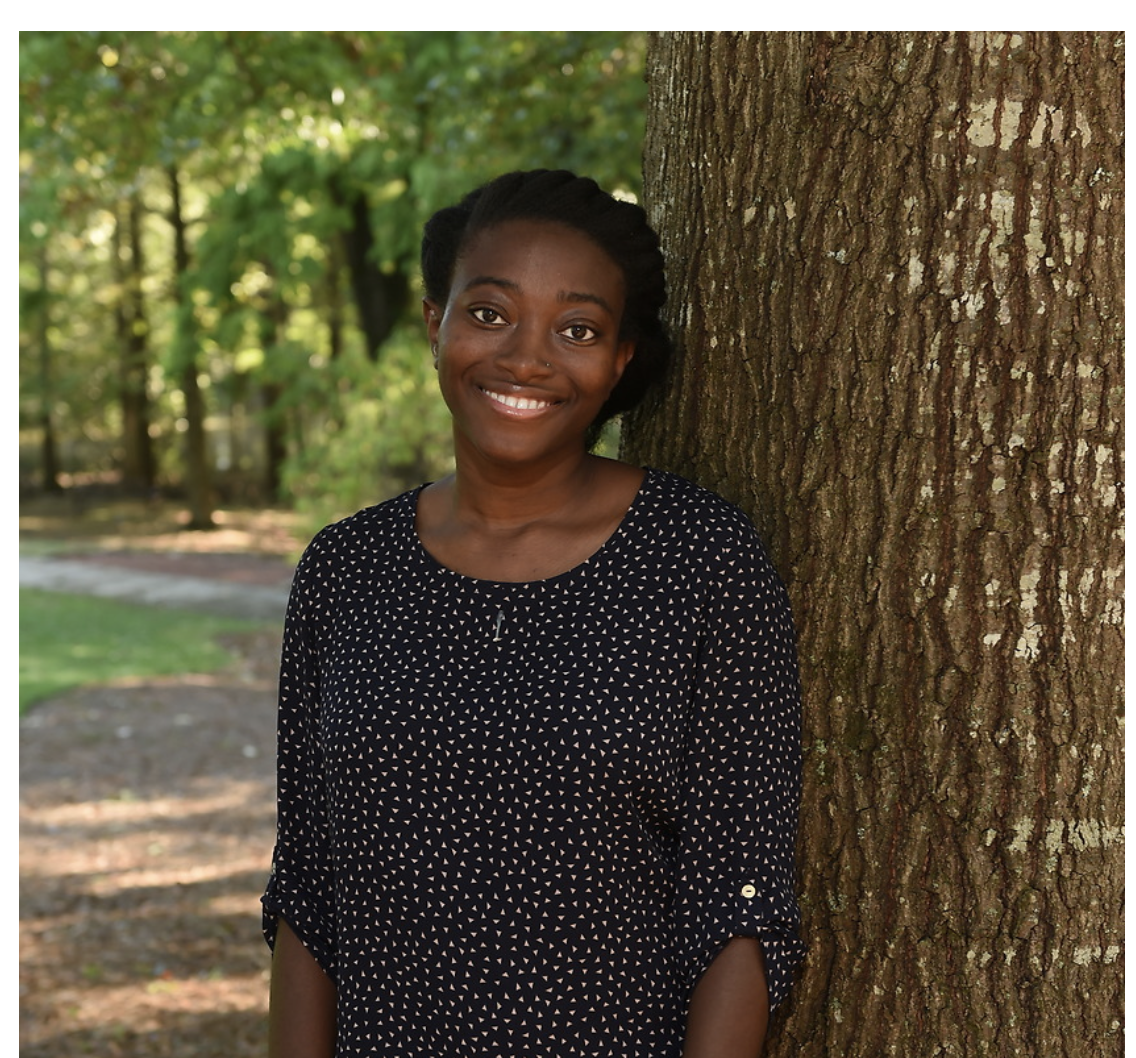
Jamonica Moore
Jamonica Moore: Interview
“My name is Jamonica Moore, I am a second-year grad student in Chemistry and Biochem.” Originally from Mississippi, she was attracted to Auburn to be closer to her husband, who works just over the Georgia state line. She studies Bioinorganic Chemistry specifically, and her specialty is in superoxide dismutase, which is a naturally-occurring enzyme that humans produce to reduce levels of harmful superoxide levels that can lead to serious diseases such as Alzheimer’s.
Jamonica has been interested in STEM since high school, though her experience in undergrad solidified her decision to pursue Chemistry. “I went to an HBCU [Xavier University of Louisiana], so that was a little bit different of an experience,” she told me, “and there’s surprisingly not a lot of color in the professors. But, there was a higher number of women who were professors.” As such, she had role models who were women, such as Dr. Stassi DiMaggio, with whom she completed a post-baccalaureate program. With Dr. DiMaggio, she had a lot of autonomy and freedom, and these experiences in laboratories were what steered her towards pursuing a PhD. “As long as I was in a lab, I was happy. If I’m experimenting, that is my comfort zone.”
In the lab in which she works now, Jamonica is one of three women, whereas there is one man who also works there. However, looking at the department at large, she doesn’t notice a discrepancy between the number of men and women. On the other hand, she knows that’s not the case for all women among other institutions. “Since we do realize that there are disadvantages to being a woman in STEM, and that there’s not as many of us in total in the field, we actually have a lot of groups that get together,” she said, using Graduate Women in Science, or GWIS (pronounced gee-whiz) as an example. She says these sorts of groups allow women in various fields in the sciences to get together, mingle, and talk about what they have going on. “It’s really empowering to see what other women are doing [in STEM],” she told me, and altogether, she feels very well-supported. About being a woman in STEM, “I don’t really see it as a hindrance… It’s just something that is.”
When I asked her about what the largest struggle is for women in her field, Jamonica first told me that she hasn’t really experienced any challenges unique to women in her experience. However, she then did clarify herself and said that she hadn’t experienced any of these struggles in labs… Classes were a different story. “Now that you bring it up, I guess I have seen it in my courses. So, for example, I’m working in a group with people who are majority males. They’ll say, ‘okay, so here’s what the answer is,’ and I’ll say, ‘well, no, actually this is the right answer,’” but then her answer is ignored. “So, what I’ll do [when they won’t listen to me] is I’ll write my own answer and turn it in. We’ll get grades back, I’ll get a 100… and they’ll get an 80! You probably should’ve listened!” We laughed, and she told me that in her experience, she’s learned to speak up if she knows she’s in the right.
Jamonica is also interested in outreach and has worked in the past to show younger students that there is a place for them in the sciences. “I would work with high school students, showing them that, ‘hey, you can be here, too.’ You don’t have to go that traditional route that parents can sometimes push, like going to law school or medical school… There’s a whole different avenue out there if you just look.” Altogether, these programs foster an interest in STEM with one goal in mind: Teaching the next generation of scientists about “what makes science cool.”
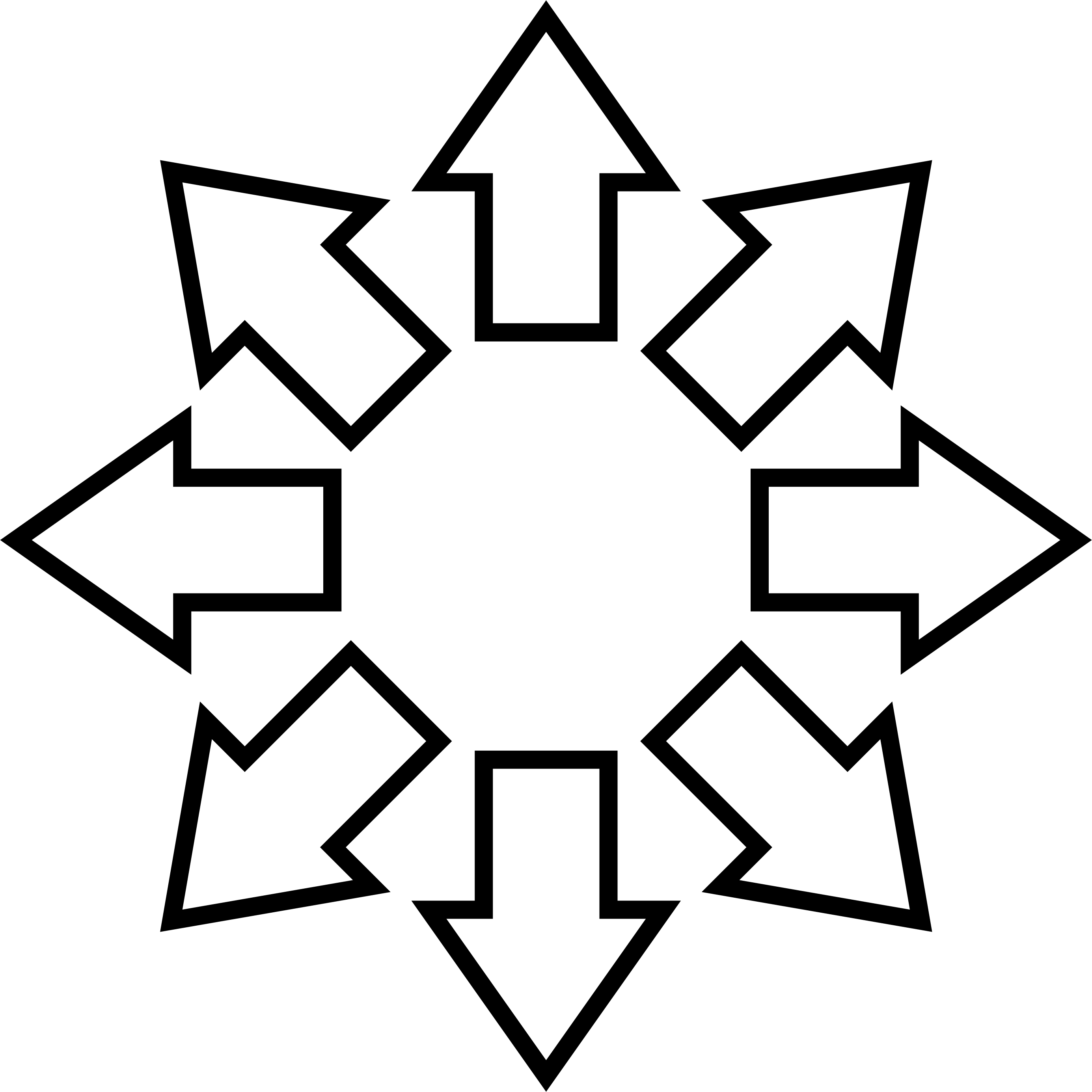
Introduction Sources and Other Interesting Information
https://stemstudy.com/stem-resources-minorities-and-women/
https://obamawhitehouse.archives.gov/women-in-stem
https://ngcproject.org/statistics
https://www.dol.gov/wb/stats/occ_gender_share_em_1020_txt.htm
https://www.aauw.org/research/why-so-few/
https://www.aauw.org/article/implicit-association-test/
Steph Courtney’s Website
https://mcnealgeocog.wixsite.com/website
By Matt Gonzales
I'd like to thank Jamonica Moore, Viktoria Bogantes and Steph Courtney for sitting for an interview with me and Isanka Jayawardhena for her contribution.

